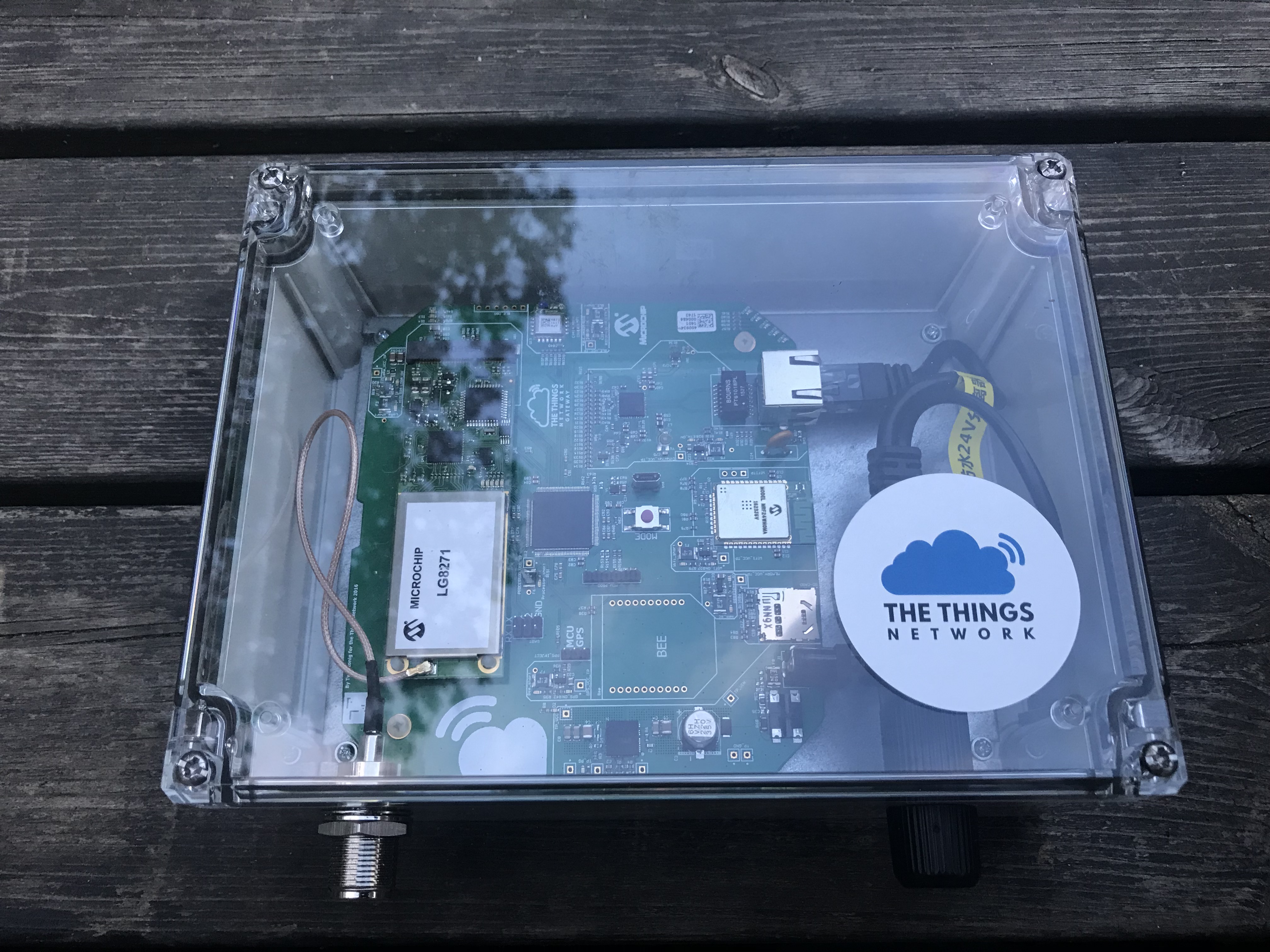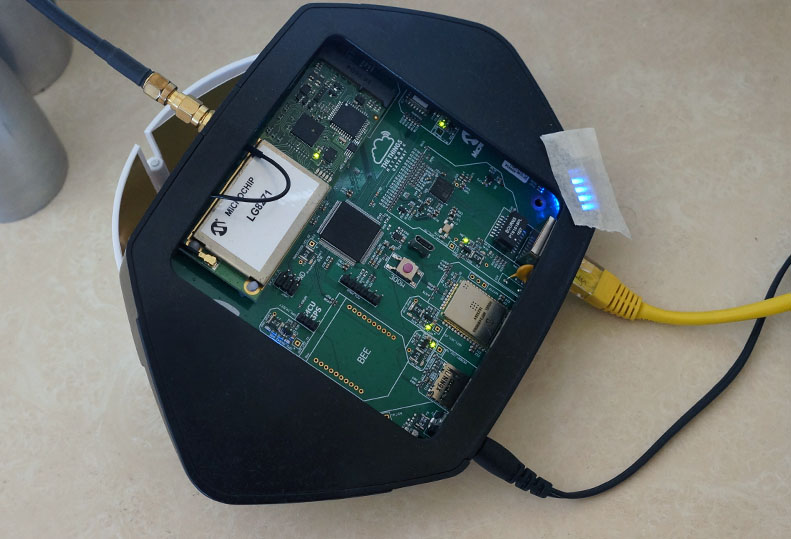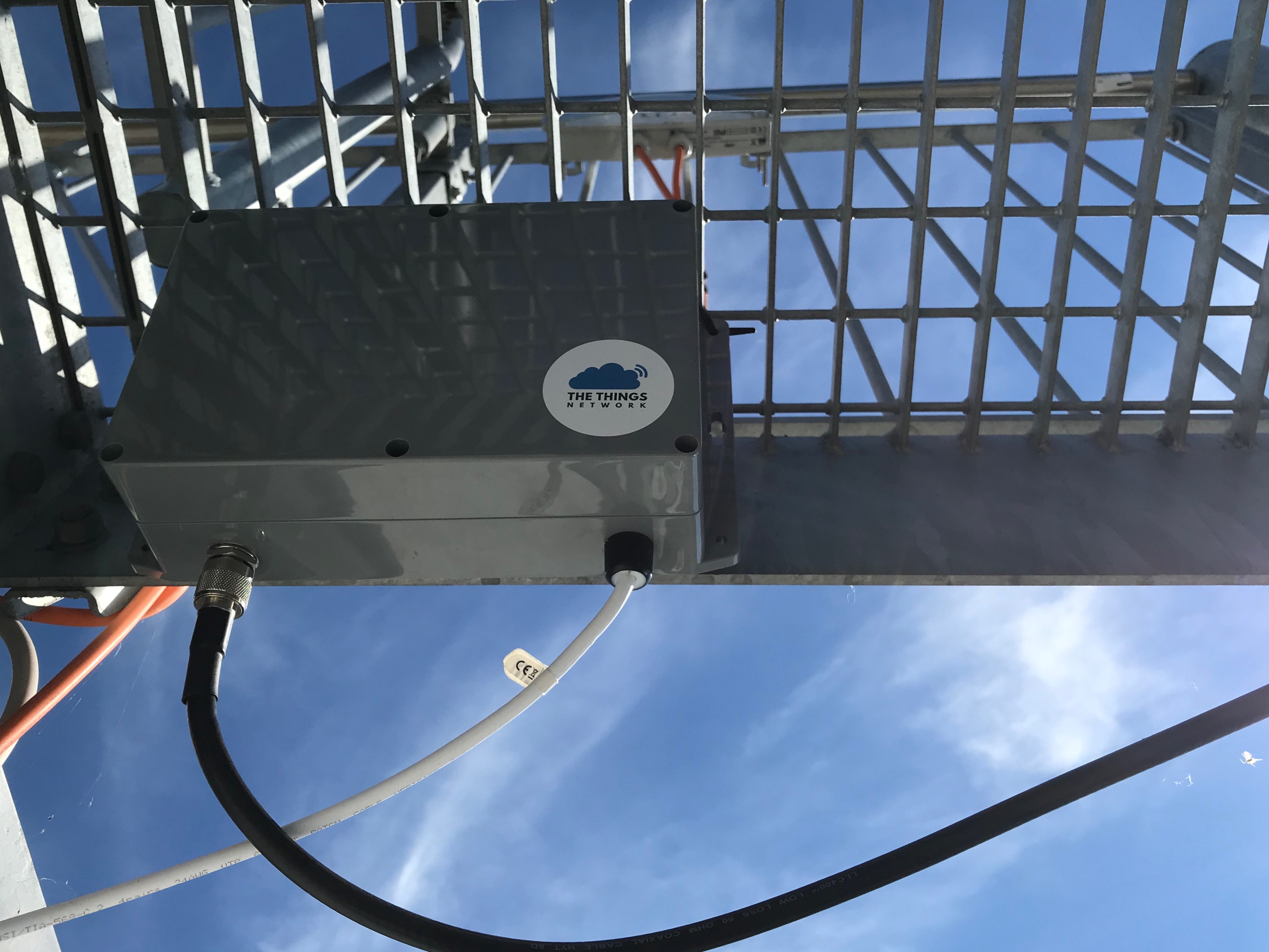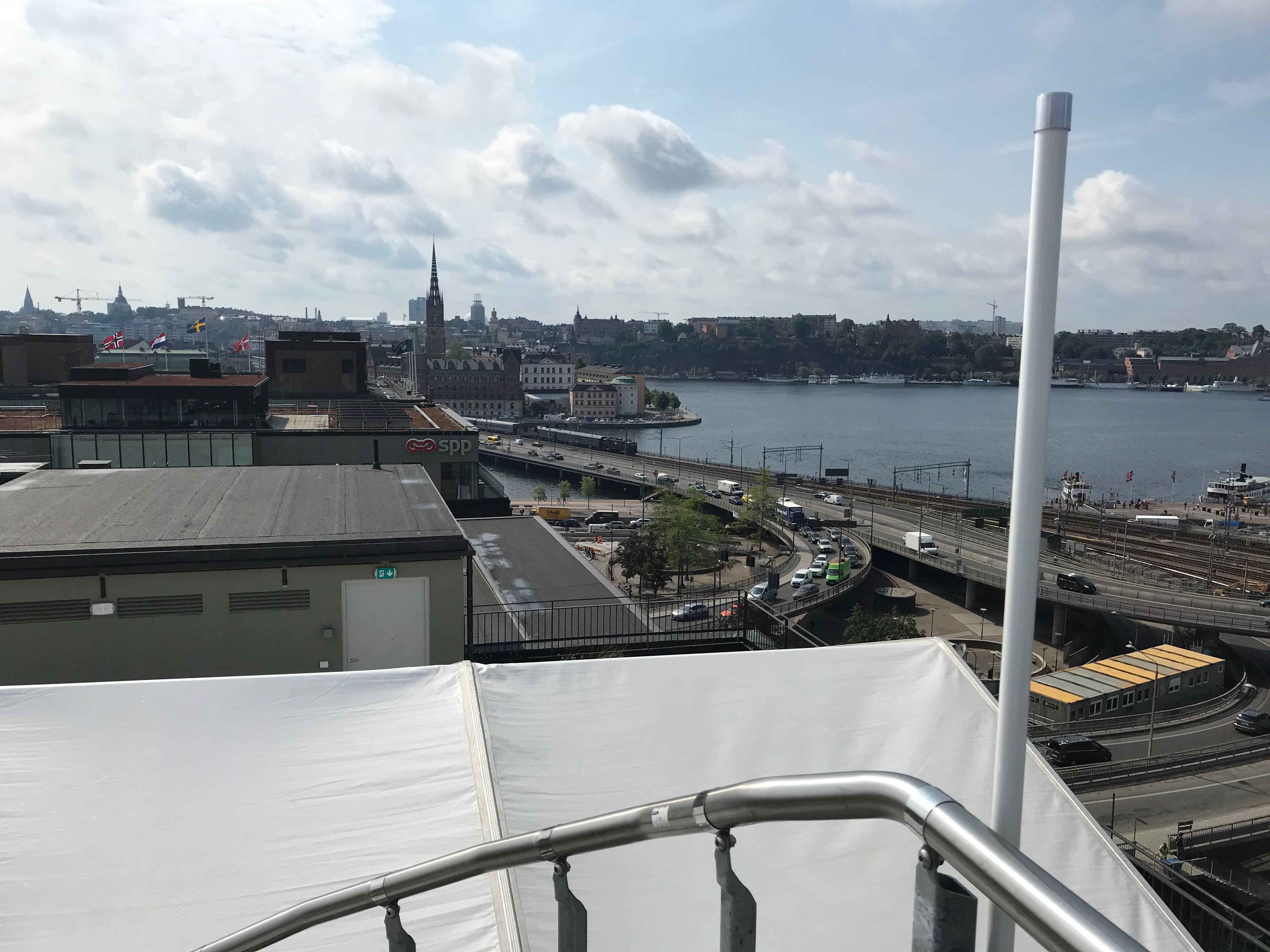My first Idea is that you take the risk of leakage here. There are better housings I gueas.
My latest challenge is using wifi backhaul with a metal enclosure 
Is there a solution that involves adding an external antenna connector to the gateway? Or is this simply not possible due to the module used?

I finally found a suitable plastic enclosure and all the pigtails and connectors I needed. This is the box (plus metal backplate), and the pigtail and PoE cable come from aerial.net, that I saw recommended elsewhere on the forum.
Will be connected to a Taoglas Barracuda B05F21 antenna bought from Digikey.
I hope to install it tomorrow,
A
Hi @mellbratt,
I will go for adding a DHT22 inside the box and adding two pieces of 1"
x 20cm long for natural convection, will also add a piece of metallic mosquito net to prevent bugs going inside.
Aditionally I will add some silica gel to absorb humidity.
What do you think?
beter then a closed airtight box in the full sun… that will give problems, need some ventilation
What is your current setup?

@ this moment I don’t have an outdoor gateway 
if you only want to extend the original GW antenna
see DIY: put your gateway antenna outside
In the end, this solution worked very poorly, the gateway kept dropping the wifi signal and the reception was almost nonexistent. I went ahead and bought mostly new parts and put together an ic880a based gateway and put up in its place, and it is running well. Hopefully the planned firmware updates for the TTN gateway will improve things eventually, and I can put it up at some other location later.


Just a tip. You may want to consider wrapping the N-Type antenna connector under the enclosure with self vulcanising tape or silicon self-fusing tape. The same would apply to the connector at the bottom of the antenna. Otherwise the coax cable will fill with water, you’ll loose range and eventually the gateway will stop functioning. The compression gland on the other cable looks good.
Great tip, thank you! I’m new to this stuff 
Also, it looks like the bottom half of the antenna is next to the stainless steel tube supporting the handrail. If that’s the case, you will have changed the performance of the antenna and also made it directional. As a rule of thumb, if an antenna is near another metallic object, try and get at least 3 wavelengths, say > 1 metre from it. This includes steelwork and other antennas.
It is slightly less than the bottom half – but a good point nonetheless! I’ll try and make a wooden “thing” to raise and separate it from the handrail post. Thankful for any more pointers or links to places for reading up on this stuff. 
No need for wood. just take a metal pole and install in the clamps you currently have the antenna mounted. It should be long enough for the top to be just above the handrail. i’m guessing antenna length but the pole would probably be 0.75 - 1 m long. To the top of the pipe, clamp the antenna. Only issue, you will need a slightly longer antenna cable.
Remember the golden rule, antenna height is far more important than an extra dB or two of antenna gain. You need to get above all the obstacles and get a clear line of sight in all directions.
Nice photos by the way. Which city is the gateway located?
Oops, sorry, missed your question…
It’s in Stockholm, opposite the central station. At around 1.6 million packets received since I put it up 
Moving it tomorrow, will try to find some suitable material to raise the antenna or a new placement. Have now got vulcanising tape 
Great that you shared the design. Can you tell me what type of coax cable you’ve used and where I can order it. It seems to be a coax cable right from the microchip module to the N female bulkhead.
Hi everyone, maybe something out of this topic can be of interest for those that designing an outdoor GW.
Using wires to connect the Raspberry Pi to the concentrator is bad engineering and should be avoided for any production usage. Those wires are prone to cause issues with the timing critical SPI signals. It would be better to use a properly routed PCB to connect those components.
Hi there, yes I am aware of that.
Since it is not that easy to import stuff here in Argentina, we decided to go with this alternative just for now.
But I totally agree with you that wires should always be avoided.